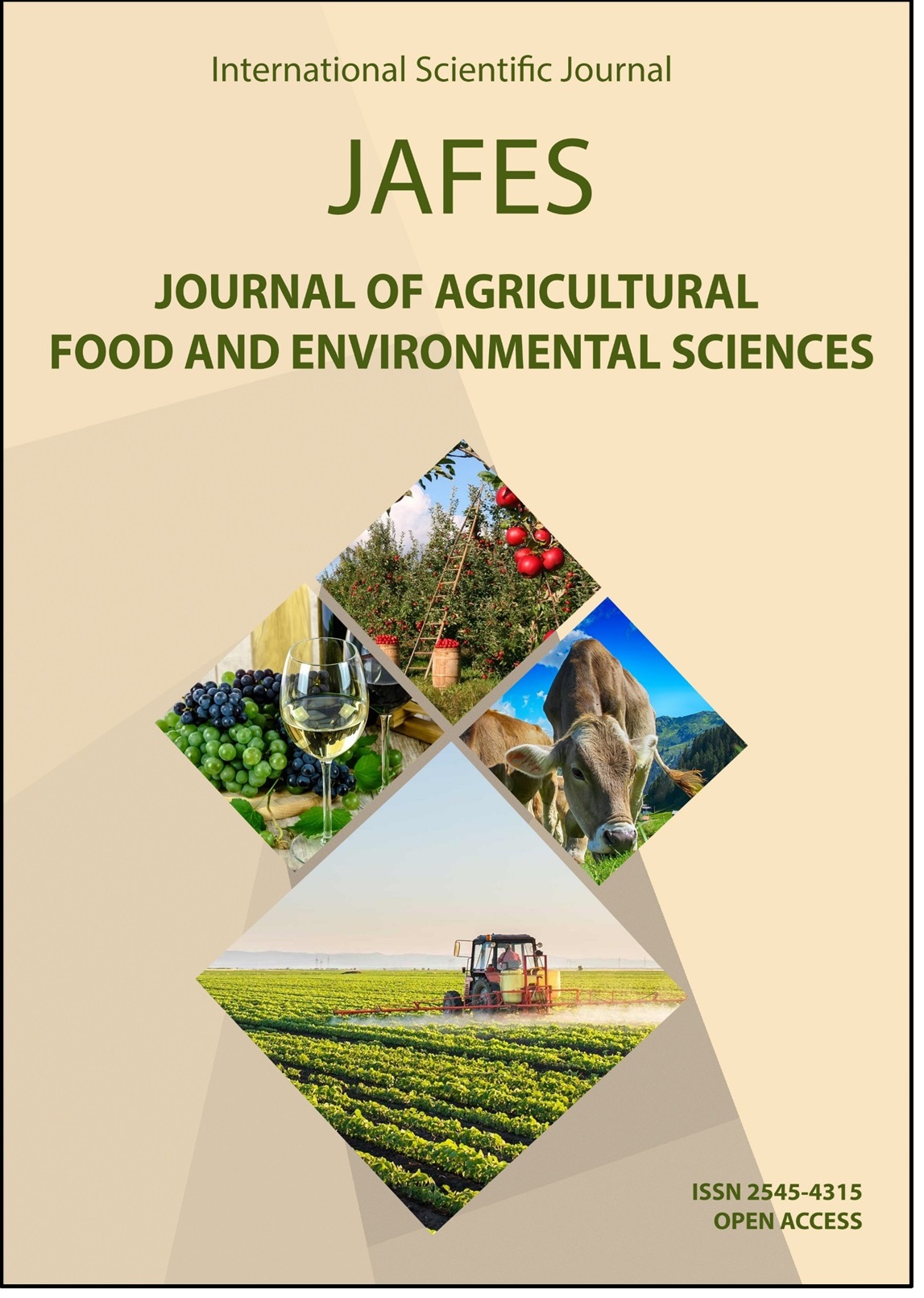THE EFFECT OF STARTER CULTURES ON WEIGHT LOSS IN DRY-CURED PORK LOIN PRODUCED WITH AND WITHOUT NITRITES
Клучни зборови:
starter cultures, Swiss chard powder, curing, salting, smoking, and ripening.Апстракт
Since ancient times, man has used caves and natural shelters as an ideal places for drying meat. Dry cured meat products are products of high nutritional value and a long shelf life. Therefore, they occupy a special place on the consumers' tables. This research aims to determine how added starter cultures affect on weight loss during the production process in dry-cured pork loin produced with and without nitrites. Five groups of dry-cured pork loin were produced in three iterations. I (the first) negative control group (table salt, dextrose), II positive control group (nitrite salt, dextrose); Group III (nitrite salt, dextrose and starter culture), group IV (table salt, Swiss chard powder from the first manufacturer, dextrose and starter cultures) and group V (table salt, Swiss chard powder from the second manufacturer, dextrose and starter cultures). The weight loss during salting ranged from 2.37 (II group) to 2.50 (III group). After smoking, the weight loss ranged from 10.84% (II group) to 11.27% (V group). During ripening, the weight loss ranged from 30.99 (I group) to 31.61 % (III group). The weight loss during the entire production process was the highest in group III (40.83%), while it was the lowest in group I (40.10%). The difference in weight loss observed between groups was statistically significant (p ≤ 0.05). Added starter culture in dry-cured pork loin contributes to a higher weight loss during the production process, which contributes to shortening the production process and more profitable production.



